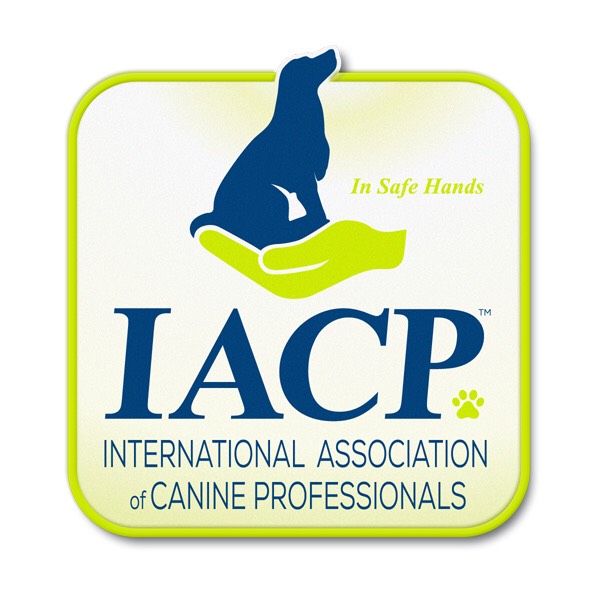Autism Assistance Dogs
/The Nina Service Dogs organization trains and places autism assistance dogs with tracking skills to young children with autism. If we receive requests for autism assistance dogs to be provided to teenagers or adults, we only train and provide a service dog to those who will for all intents and purposes never be independent and function more like children. This means that the certified service dog team will consist of the service dog, the partner (adult-child with disability) obligatorily and strictly under adult control.
Socialization and mental state benefits
Service Dog – A child's best friendCompanionship is one of the key traits of dogs and this helps create very strong bonds with the people they share their lives with. A dog's behavior makes connecting with autistic children easier. Children diagnosed with autism have a hard time communicating with other children and people. The benefits on the development of the socialization skills of children are remarkable. Children with autism are often non-verbal, but even in the event that they do speak, it is hard for them to express their thoughts, which then leads to unwillingness to try.

There have been cases, where individuals with autism (especially children) would only speak/communicate with their dogs feeling that their dogs will not criticize, judge them, or make fun of them. Instead. dogs will accept them as they are and love them unconditionally. Autistic children sometimes become bullying victims are often socially isolated. This is normally because their peers lack the capacity to understand how it is to live with such a disorder. Children with Asperger’s often have an even more difficult time, because they most often know that the other children are making fun of them. This is extremely difficult for their parents who find themselves in a position watching their child’s disability interfere with their life.
In cases such as these, the existence of an autism assistance dog can be beneficial and children and people of all ages find it much easier to socialize with a peer that has a pet and more specifically a highly skilled/trained autism assistance dog. The autism assistance dog will somehow break the ice and will help the child create friendships and become part of social groups. Explaining what an assistance dog does for a person is always something exciting to discover and it helps educate those that are willing to learn. Through better social skills and through less discrimination, children and their families live happier lives. This improves their mental state and reduces the stress levels, which in turn leads to living a better life.
Dealing with anxiety, fear and lack of sleepany children with autism have a very hard time sleeping. Autistic children are often afraid to sleep by themselves, or tend to wake up during the night, which makes it harder for the whole family to get a good night's sleep. With a dog by their side when trying to rest, they will find it easier to relax and feel more secure. The autism assistance dog may also be trained to alert the parents/caretakers, in the event of an emergency during the night. Parents and caretakers become a bit more independence and feel a lot more relaxed, knowing that the dog will act as a safety mechanism in case something unexpected happens.
Some of the children with ASD, have very specific, almost obsessive routines and have a very hard time dealing with even the simplest changes. Dogs provide enough security for them to try and take a step out of their “safe zone” making them feel more confident. A dog which is always by the side of the child, helps by keeping him/her company and providing him/her with comfort. This also helps a lot when the child is dealing with anxiety.
For those that understand how hard it is for an autistic child to communicate and especially if he/she is under a stressful state of mind, seeing him/her giving orders and talking/focusing to the assistance dog is a magnificent spectacle. Another very big problem for children with autism is the frequent meltdowns. Children often hesitate to visit medical centers or doctors. Some even hesitate to go to school, but a dog’s presence and positive behavior can help transmit calmness to an agitated child, helping it relax come out of that mental state.
WanderingAutism assistance dogs are trained to track a child that has wandered off. This can become extremely dangerous for their lives. Children with ASD are not responding consistently to their names, and cannot identify the dangers in their environment (cars, strangers, etc). One of the tasks the dog is trained to do, is track the child when it has wandered off indoors (shopping malls, buildings) or outdoors. The life of an autistic child is in danger if it disappears. Adults may start looking for him/her in the wrong direction, but a highly skilled autism assistance dog trained in tracking, will be able to identify the track taken by the child and eventually lead the caretakers there.
As the relationship between the dog and the child develops, it becomes hard to separate them from each other. A dog that has truly bonded with its kid, will probably alert the parent instinctively even if the child moves close to an exit/door.
Behavior disruptionAutistic children have a tendency to engage in repetitive behaviors which can last from minutes, to hours at a time. Researchers believe that autistic children have a higher lever of sensory input and this can many times lead them to sensory overload. Children with ASD may be easily agitated. Meltdowns are also a common characteristic of autism and they often come with anger, crying and loud vocalization. Meltdowns can be extremely dangerous for the child’s physical integrity, as they can lead to injury.
Parents of autistic children often use their arms/hands to relax the child (placing their hands on the child’s arm or wrapping their arms around them) and try to create a safe zone for it until the child feels calmer. A service dog with specific training on responding to the child’s repetitive behavior is of great help as it can assist in temporarily ceasing such the behavior. The dog is trained to recognize and respond to the child’s behavior. For example if the child is hitting or looks like it is about to hit its head, the dog sees that like a hand signal and it knows that he has to either gently touch the child with its leg or use his nose to nuzzle in order to cease the "unwanted" behavior.
Dogs can be trained to alert/wake up sleeping parents, in the event of dangerous behaviors that can occur during the night. Most autistic children dealing with anxiety and meltdowns, getting help and comfort from a dog that is trained to also "lap" on them. Lapping can be very relaxing for the children, who might choose to either touch and pet the dog, lie down near the dog, or even put their heads on the dog and use them as pillow so they can sleep for a while. Some parents of children who own an autism assistance dog, have noticed that their children had greater sensitivity towards the needs and feelings of the dog. This comes hand in hand with less aggressive behavior.. Even though autistic children do not like to be touched or hugged, it appears that the psychical interaction they have with the dog provides them with comfort and can also be enjoyable for them.
TetheringMany parents find holding onto their children very difficult/challenging, in cases where they have to take care of tasks such as the weekly shopping or for something as simple as a visit to a shopping mall. The fear that their child might run away and get lost, or the danger of walking into a busy street among cars, is something that parents of autistic children have to face every day.
Tethering the child with the dog gives them more independence to deal with the family's tasks. It is possible for families to actually tether their child to the dog from the dog's harness to the child’s belt loop. The child can then walk in front of them and while the parents have the control of the dog the child can learn a new routine by also holding the dog from a shorter leash. The parents handling the dog can give it basic commands. For example to sit before crossing the street until is safe to cross the road. In this case the dog will go into a sit position, leading the child to stop and wait as he/she is tethered to the dog. Parents can ask the dog to either “stop” for a moment or “stop and sit down” when they need more time.












